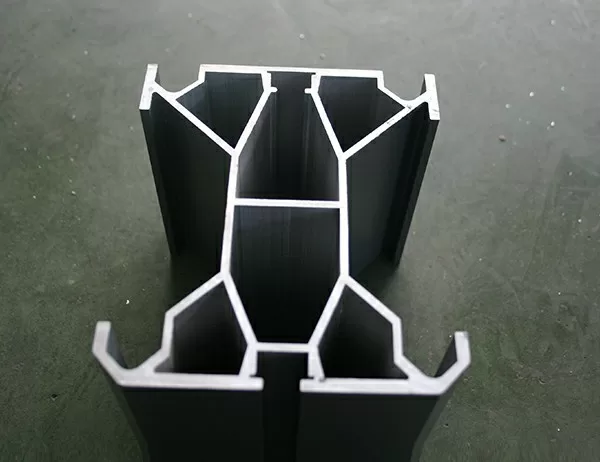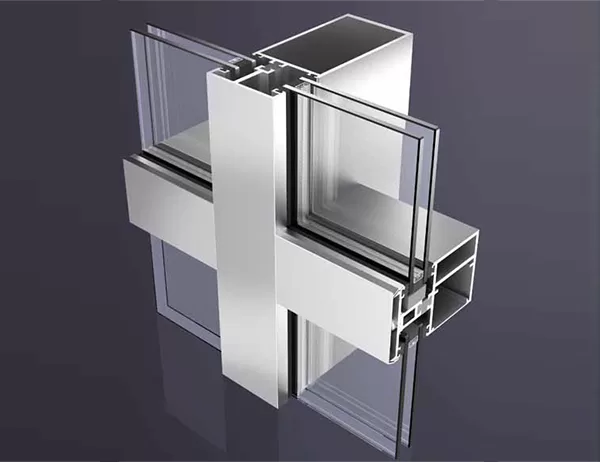In the realm of industrial applications, extruded aluminum pipes hold a prominent position due to their exceptional combination of strength, durability, and corrosion resistance. Understanding the nuances between different types of extruded aluminum pipes is crucial for selecting the optimal solution for specific requirements. This article delves into the comparative analysis of various extruded aluminum pipe types, providing insights into their unique characteristics and suitability for diverse applications.
The alloy composition and temper of extruded aluminum pipes significantly influence their mechanical properties. Common alloys include 6061, 6063, and 7075, each offering varying levels of strength, ductility, and corrosion resistance. The temper, denoted by a letter-number combination, indicates the specific heat treatment process used to enhance the pipe’s properties. For instance, “T4” signifies a heat-treated and quench-stabilized condition that yields higher strength but reduced ductility compared to “T6”, which involves artificial aging after quenching.
Extruded aluminum pipes come in a wide range of wall thicknesses and diameters, catering to diverse structural and fluid conveyance requirements. Wall thickness, expressed in millimeters or inches, determines the pipe’s load-bearing capacity and resistance to deformation under pressure. Larger diameters enable increased flow rates in fluid applications. However, meticulous considerations are necessary to ensure compatibility with fittings and accessories.
The surface finish of extruded aluminum pipes affects their aesthetic appeal and functionality. Various options are available, including bare aluminum, anodized finishes, and painted coatings. Bare aluminum provides a natural, metallic appearance but may require additional protective measures against corrosion. Anodization creates a protective oxide layer that enhances corrosion resistance and allows for color customization. Painted coatings offer further protection and customization options while providing improved wear resistance.
Extruded aluminum pipes can be produced using different methods, each with its advantages and disadvantages. The most common methods include direct extrusion and indirect extrusion. Direct extrusion involves forcing the heated aluminum billet through a die, creating a continuous pipe form. Indirect extrusion, on the other hand, utilizes a mandrel to shape the pipe interior while the billet is pushed through the die. The choice of extrusion method depends on the desired pipe dimensions, surface quality, and production efficiency.
In addition to the aforementioned factors, certain special considerations may arise when selecting extruded aluminum pipes for specific applications. For instance, high-temperature applications require pipes with higher creep resistance and thermal stability. Corrosion-resistant alloys and coatings become paramount in harsh environments. Electrical conductivity is another consideration in applications involving electrical current transmission. By meticulously assessing these special requirements, engineers can ensure the optimal selection and performance of extruded aluminum pipes.




